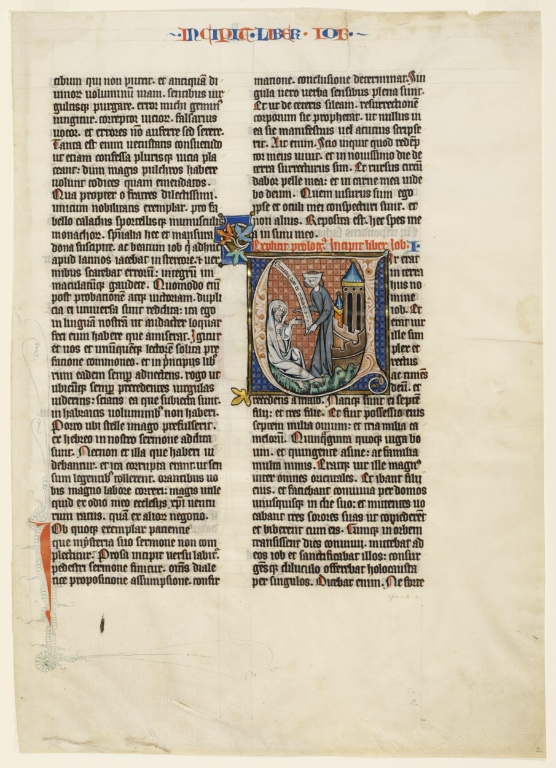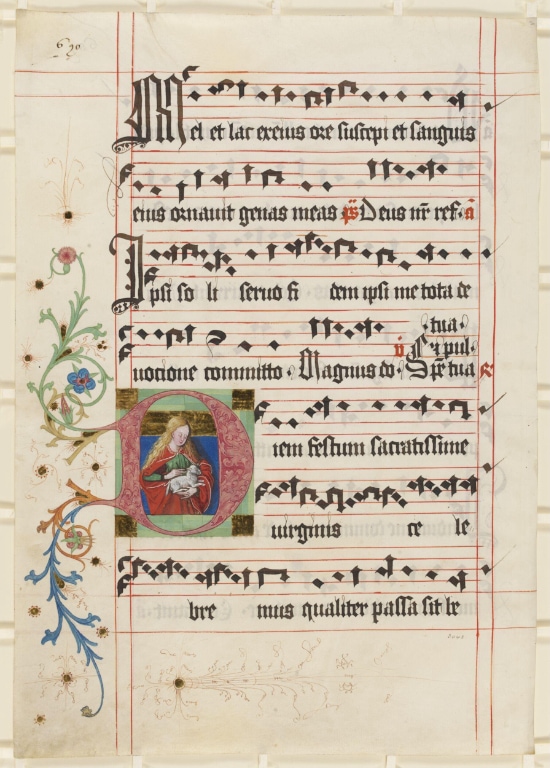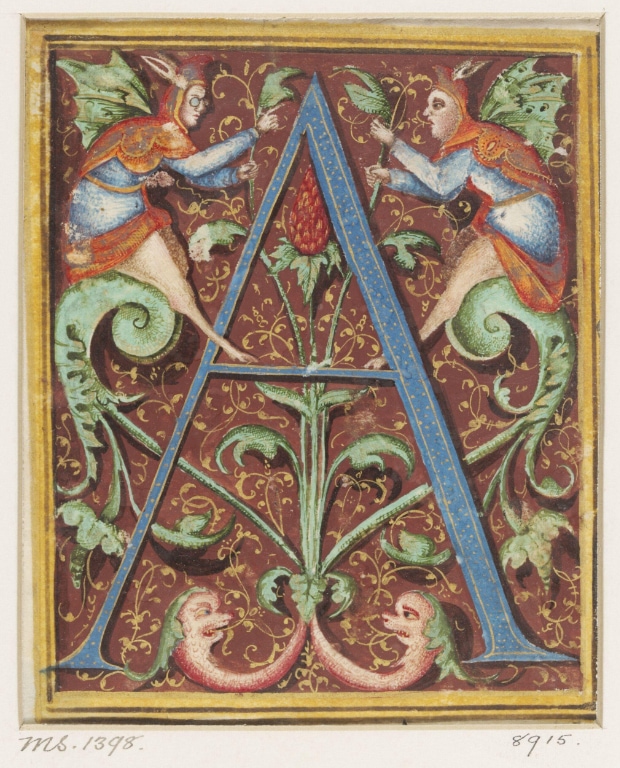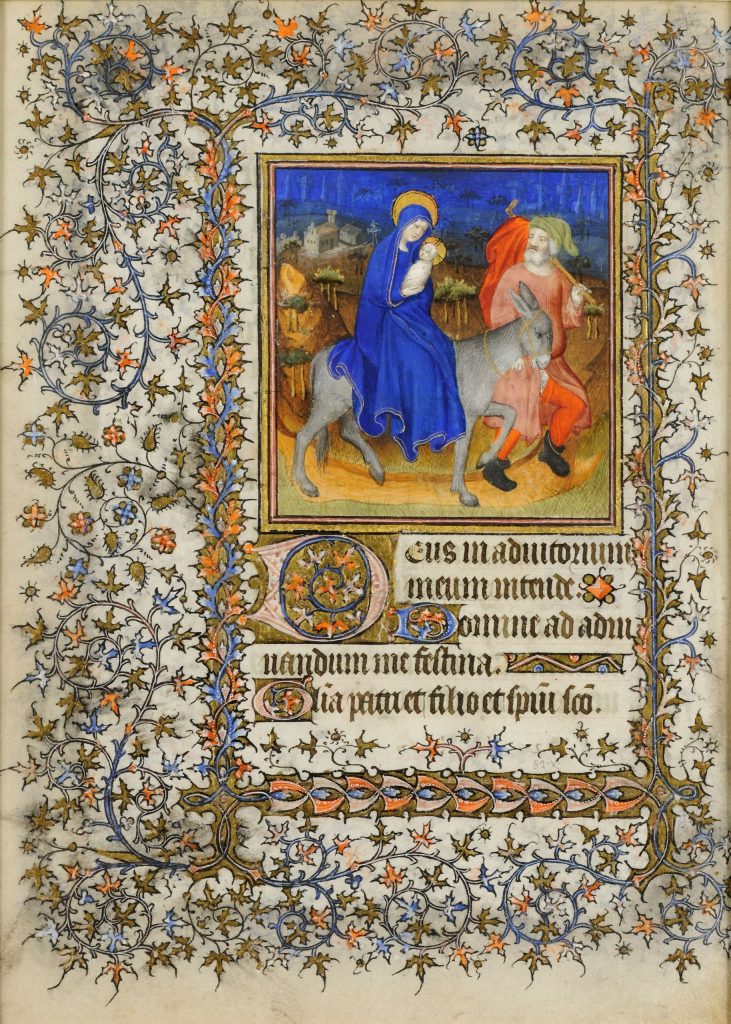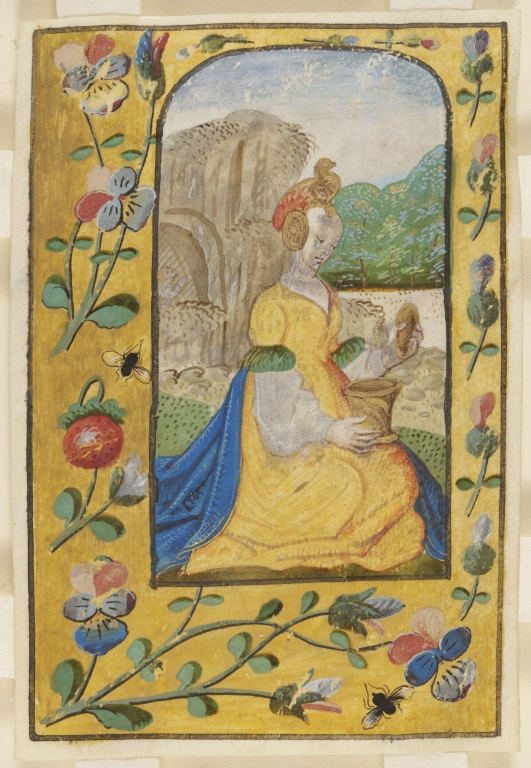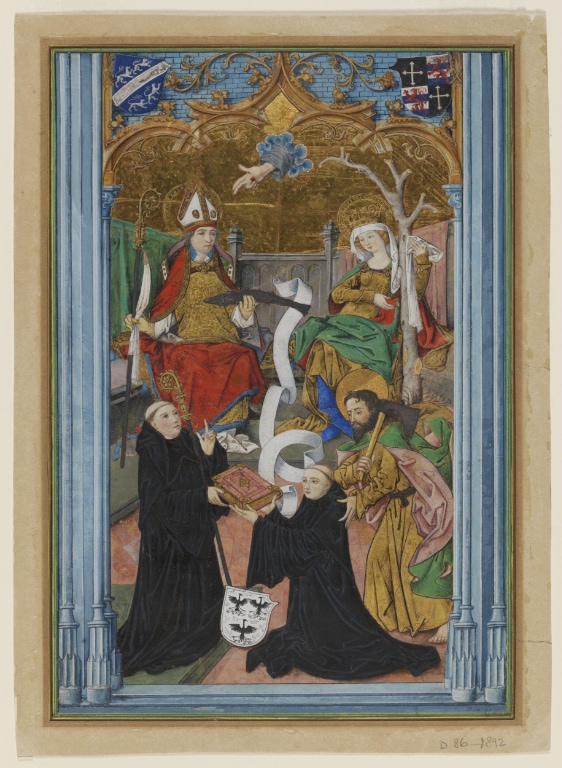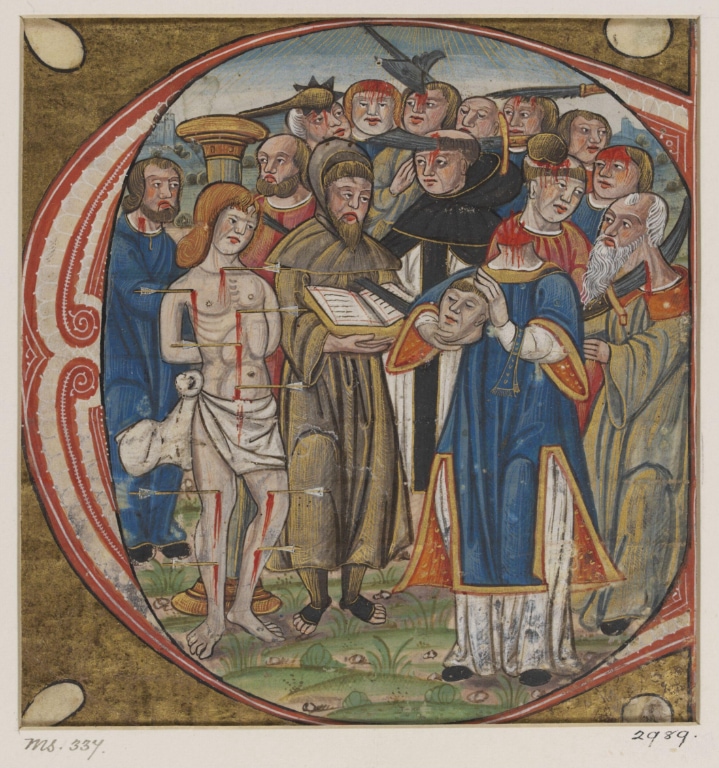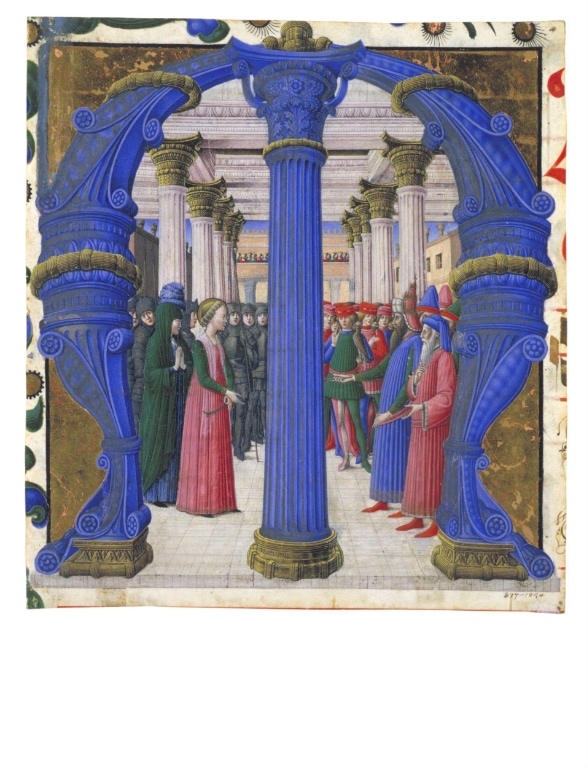Visual Devotion
More Than What You See
Medieval illuminated manuscript cuttings are more than beautiful pieces of art, they are filled with meaning that goes beyond what meets the eye. These images helped tell important religious stories, allowing viewers to connect with faith in a visual way. Each image was a tool for understanding, communicating religious truths through pictures.
A vibrant colour palette played an important role in these manuscripts, with burnished gold leaf, shimmering in the candlelight, and bright blues made from the costly mineral lapis lazuli being especially significant. These rich colours didn’t just attract the eye, they symbolised wealth. Their use is tangible evidence that people wanted to spend their earthly wealth venerating the divine.
The creatures shown in the margins of these cuttings also carried special meaning. Some may have been seen as sweet and charming, like playful animals, but others were more unsettling, like grotesque jesters or strange creatures. These characters were not just for decoration: in presenting a topsy-turvy take on the world, they reinforced the norms of the main images, reflecting ideas about good and evil, virtue and vice. They made viewers think about the contrasts of life, helping people reflect on their own beliefs and values (for more, see the essay and video in Discover More).
In the nineteenth century, people collected these cuttings not just for their beauty but for the deeper meaning they held. They were seen as treasures, pieces of history that sparked conversation and reflection on the role of faith in everyday life. Today, these images can still speak to us, inviting us to think about how devotion was visually expressed in the past.
